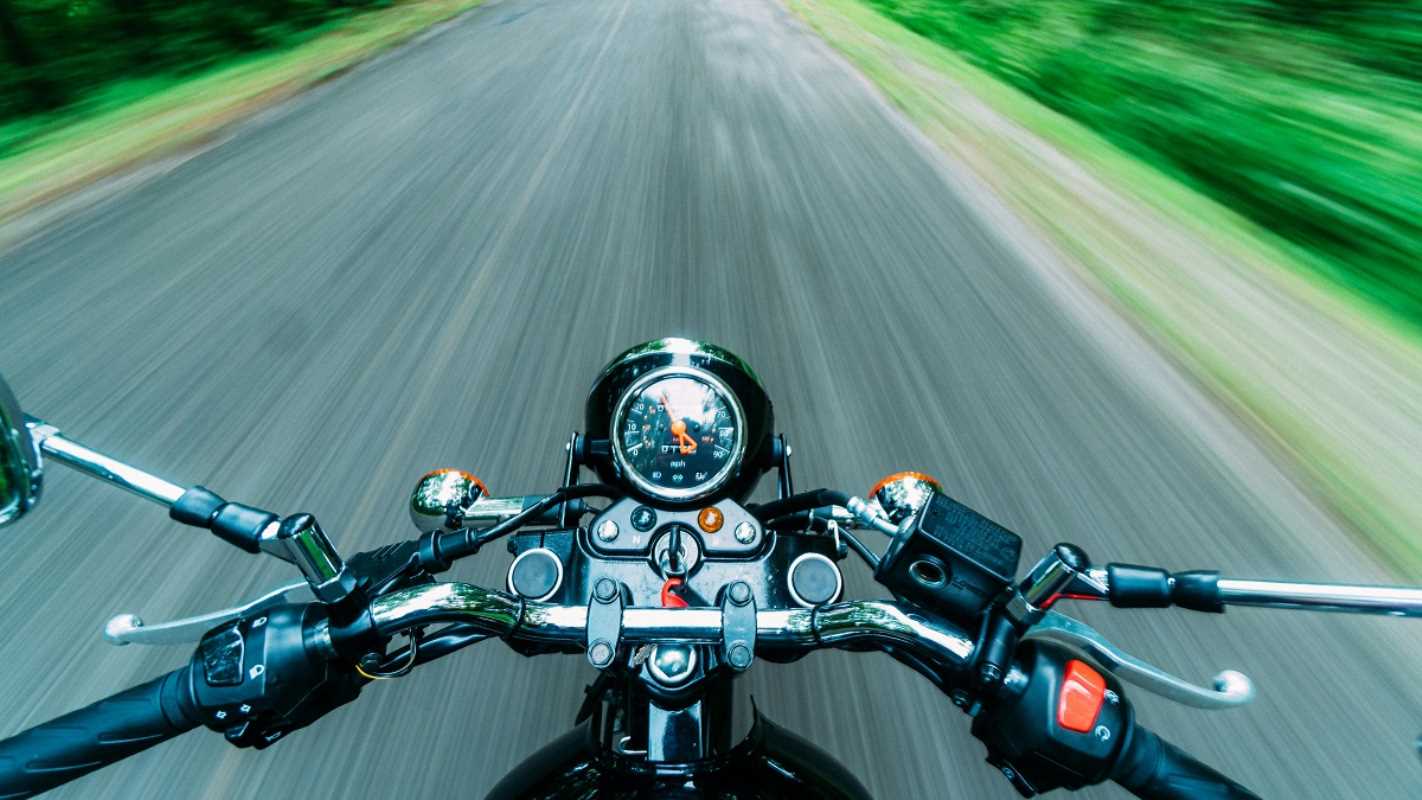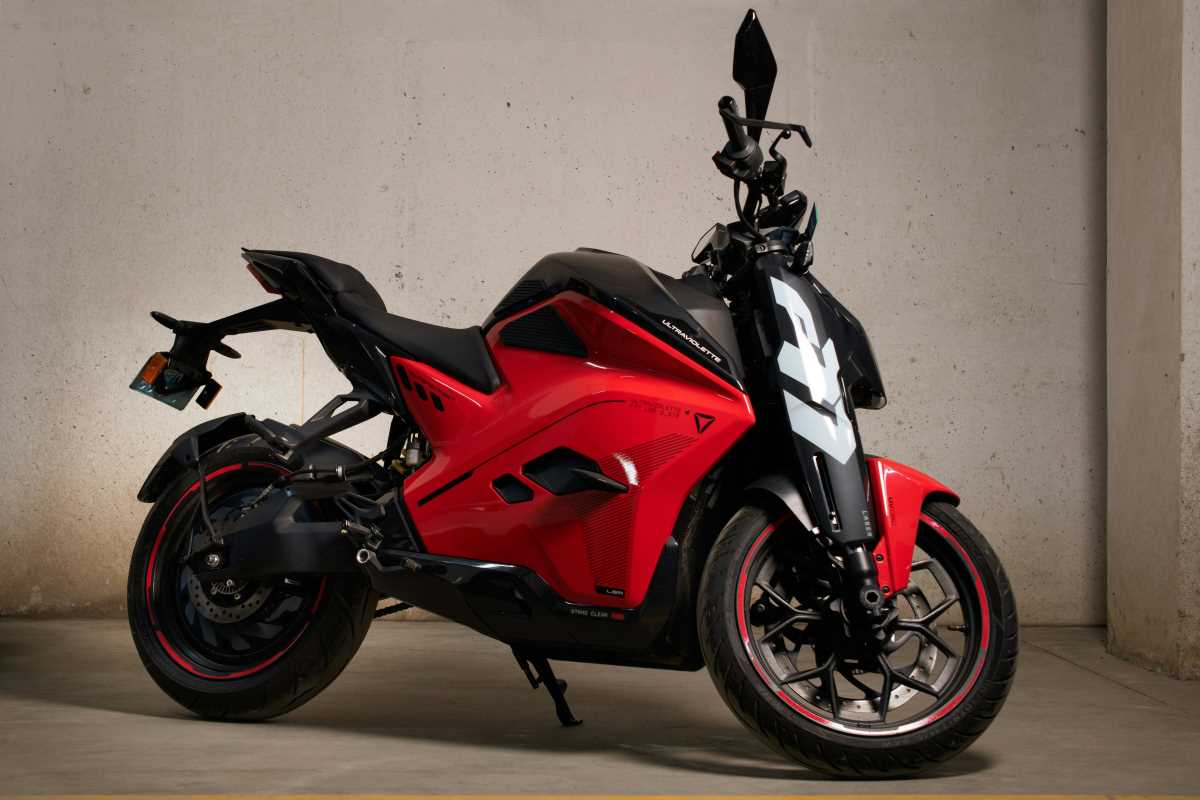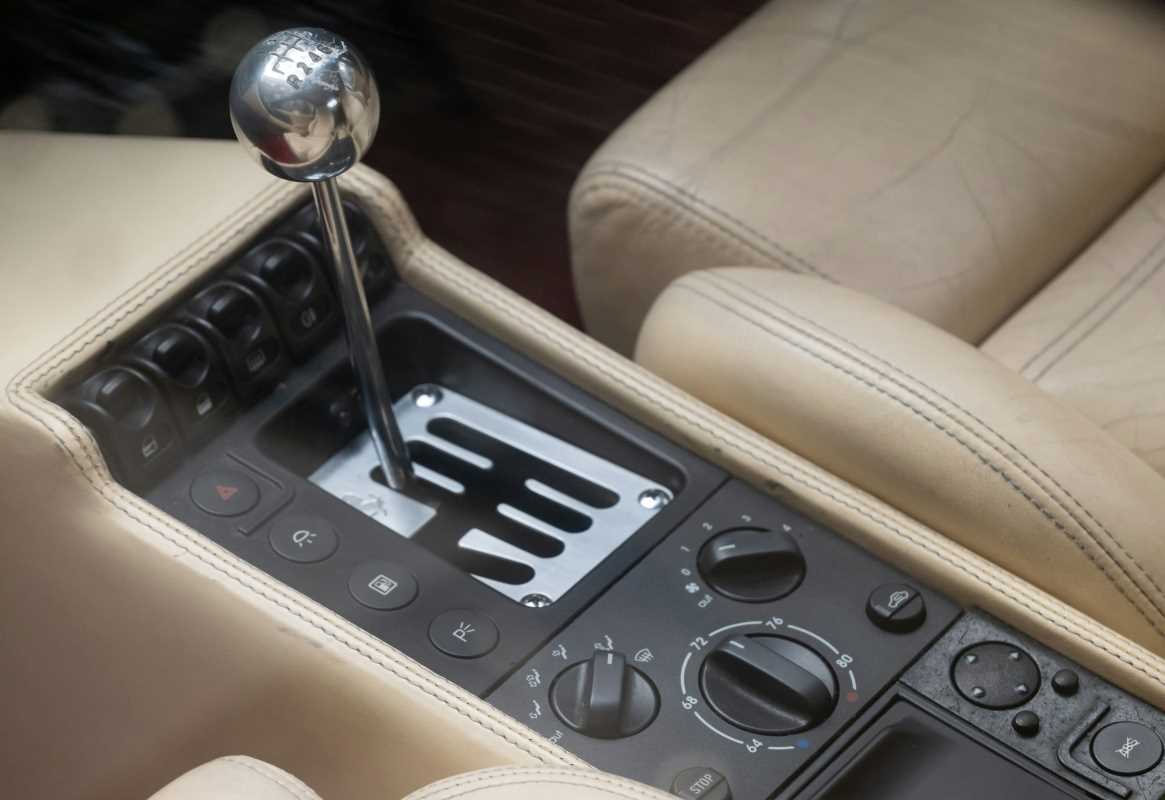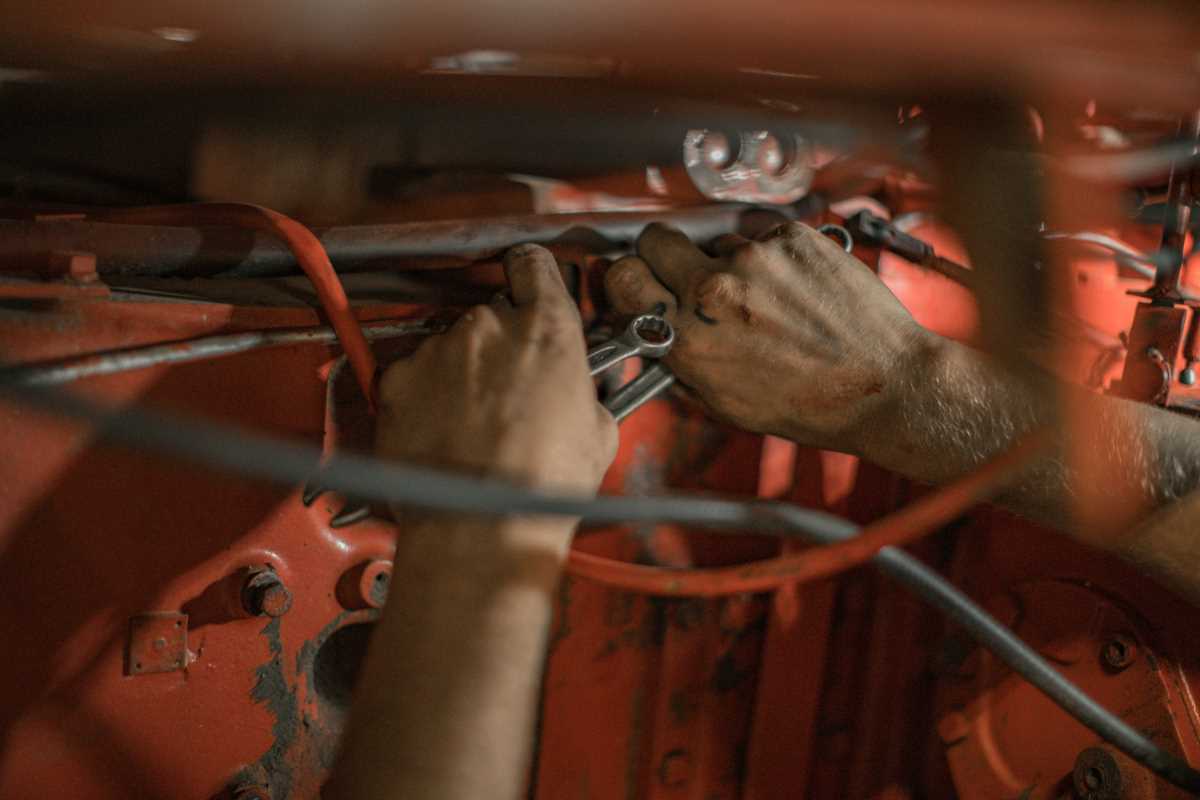If you’re a biker, you know the unmatched thrill of a smooth ride on an open road. But keeping your motorcycle in top condition is a critical part of staying safe and avoiding costly repairs. Not to mention, it makes that smooth ride possible. Routine maintenance not only helps prevent breakdowns but also boosts performance and extends your bike's lifespan. The best part? You don’t need to be a pro to handle most of these tasks. With some basic know-how, you can keep your two-wheeled companion running like a dream. Whether you’re a weekend cruiser, a daily commuter, or chasing long-distance adventure, maintaining your bike should be a priority. We’ll walk you through tips to keep your machine purring all year long.
1. Get Acquainted with Your Owner’s Manual
Every motorcycle is different, so your owner’s manual is your best friend. It details everything from recommended tire pressure to oil types and maintenance schedules. Look at it as the ultimate guide to your bike’s health. It’ll tell you what needs regular attention and how frequently to check components. Think of it this way: following the manual is like listening to your bike’s personal trainer.
Quick Tip:
Keep your manual in a spot you can reach easily, like your garage or tool cabinet. That way, it’s always handy when you need it.
2. Pay Attention to Your Tires
Your tires are your bike’s direct connection to the road, so don’t take them for granted. Check the pressure at least once a week, and inspect the tread for wear and tear. Worn-out tires decrease traction and can be dangerous, especially in wet or slippery conditions. Most tires have wear indicators, so use those as a guide. If your tread is heading toward the indicator, it’s time to replace them.
Pro Tip:
Use a quality tire pressure gauge to measure pressure accurately and match it to the recommended PSI in your manual. Check for any cracks or embedded debris like nails or glass.
3. Stay on Top of Oil Changes
Oil is the lifeblood of your motorcycle, keeping the engine clean and lubricated. Over time, oil breaks down and loses its effectiveness, which can lead to engine wear. To avoid bigger issues, follow the oil change schedule in your manual. This usually means changing it every 3,000 to 5,000 miles, depending on your bike and the oil type.
DIY Oil Check:
Before a ride, ensure your oil level is within the recommended range. Most bikes have an oil sight glass or dipstick to make checking simple. And don’t forget to replace the oil filter during every oil change!
4. Keep Your Chain Clean and Adjusted
The chain (or belt, if your bike uses one) transfers power from the engine to the wheels, making it a crucial part of your motorcycle. Over time, grime buildup can cause the chain to wear out faster. Clean it regularly and apply a chain-specific lubricant to maximize its lifespan. Make sure your chain has the proper slack as listed in the manual. A loose chain can slip off, while one that’s too tight could strain the drivetrain.
Maintenance Routine:
Clean your chain with a soft brush and chain cleaner every 500 miles or after a particularly dirty ride. Lubricate it right after cleaning to ensure the grease sticks well.
5. Test Your Battery
Motorcycle batteries can be tricky since they don’t get much love until they stop working. Check the terminals for corrosion and ensure they’re tightly secured. Batteries typically last 2 to 4 years, but maintaining proper charge levels can extend their life. If you don’t ride often, consider investing in a trickle charger to keep the battery topped off.
Battery Storage for Winter:
If you’re storing your bike during the colder months, disconnect the battery and store it in a cool, dry place. This helps prevent it from discharging fully.
6. Inspect Your Brakes
Your brakes are your best safety feature, so make sure they’re in tip-top shape. Check the brake pads regularly for wear. If they’re less than 2-3 mm thick, replace them immediately. Check your brake fluid levels and ensure it’s clear, not cloudy. Old or contaminated fluid can reduce braking efficiency.
Safety Tip:
Pay attention to how your bike feels when you brake. If it feels spongy or unresponsive, you might need to bleed the brake lines or top off the fluid.
7. Monitor Your Coolant System (If Applicable)
If your motorcycle uses liquid cooling, the coolant is vital for preventing overheating. Check the coolant level every few months and top it off if necessary. It’s also good practice to flush and replace the coolant every two years to keep the system running efficiently.
Warm-Weather Reminder:
During the summer, your cooling system works harder. If you notice your bike’s running hotter than usual, give the coolant system a once-over for any leaks or clogs.
8. Clean and Replace Your Air Filter
Your motorcycle needs clean air to function well. A dirty air filter restricts airflow, making your engine work harder and reducing fuel efficiency. Clean or replace it as needed, especially if you ride through dusty environments.
Quick Check:
Hold your air filter up to the light. If you can’t see light passing through it, it’s time for a replacement.
9. Keep It Clean and Protected
Beyond functionality, appearance matters too. Washing your motorcycle helps keep dirt and grime from building up and causing rust or corrosion. Use a mild soap, water, and a soft sponge to clean your bike. Dry it thoroughly afterward to prevent water spots. If your motorcycle has chrome or bare metal parts, consider applying a coat of wax or protective spray.
Storage Tip:
If you’re parking your bike for long periods, use a quality motorcycle cover to protect it from dirt, moisture, and UV rays.
10. Schedule Professional Check-Ups
Even if you’re diligent about maintenance, taking your bike to a professional mechanic at least once a year is essential. They can spot issues you might overlook and handle more complex tasks like valve adjustments. Think of it as an annual bike physical.
Don’t Forget the Little Things:
During check-ups, ask the mechanic to look at your exhaust system, suspension, and any electrical components.
Year-round motorcycle maintenance doesn’t have to be overwhelming. Break it into small, manageable tasks, and make it a routine. A well-kept bike not only performs better but also gives you peace of mind every time you hit the road. Remember, your motorcycle is more than a machine. It’s your partner on countless adventures. Treat it right, and it will reward you with years of unforgettable rides.
 (Image via
(Image via





